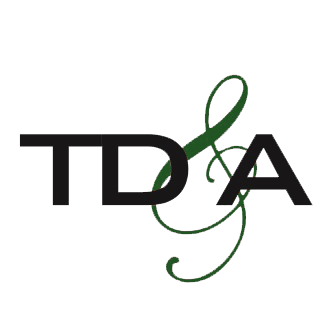Basics of Asset Protection: Types of Structures
There are several different types of structures utilized for asset protection purposes. There are also variations within those structures, and reasons that one might utilize these structures aside from asset protection, such as for tax purposes. In this post, we will provide a very basic overview of different types of structures that might be appropriate for asset protection in different scenarios.
Corporate Entities
The most basic type of asset protection is to use a corporate entity to separate your business assets from your personal assets.
Corporations
A corporation provides asset protection in that shareholders, a separate legal entity can take part in profits without being personally liable for a company’s debts. Corporations are typically not as flexible legally as other structures, and the tax impact of a corporation often makes this structure better suited for larger companies that anticipate having outside investors.
From an asset protection standpoint, corporations provide protection in that your personal assets are not at risk from liability within the corporation. However, in almost every state, if you have personal liability, your creditors can take your shares in a corporation. If you are the majority shareholder, the creditor will then have control of the corporation.
Partnerships
There are different kinds of partnerships, all of which require at least two people or entities to form:
General partnership: two or more people share equal rights in the business; each general partner has personal liability for the obligations of the business.
Limited partnership: two or more people own a company, but there are two classes of owners, general partners, and limited partners. The general partners have management control but also have personal liability for company assets. Limited partners do not have personal liability but also have no right to make decisions on the operations of the business.
Limited liability partnerships and limited liability limited partnerships (LLP & LLLP): These structures do limit, to some extent, the general partners of the partnership.
Limited Liability Company
Limited liability companies are one of the most popular corporate types in the last decade due to their flexibility and the protection they provide. Limited liability companies can range from a single owner up to multiple members, and no member needs to take on the company’s liability (as opposed to a partnership). LLCs also do not have the same corporate formalities required as corporations.
LLCs in many states provide what we call “charging order protection,” which means that a creditor of a member of an LLC cannot take over full control of the LLC membership interest, only the distributions – which means if the LLC does not make distributions, the creditor gets nothing. This is regardless of the percentage ownership you have; even if you are the majority member, the creditor would not be able to take control, unlike a corporation. Note that in a single-member LLC, this may not be available.
Have more questions or want to start protecting your assets? Give us a call to schedule your consultation today.

